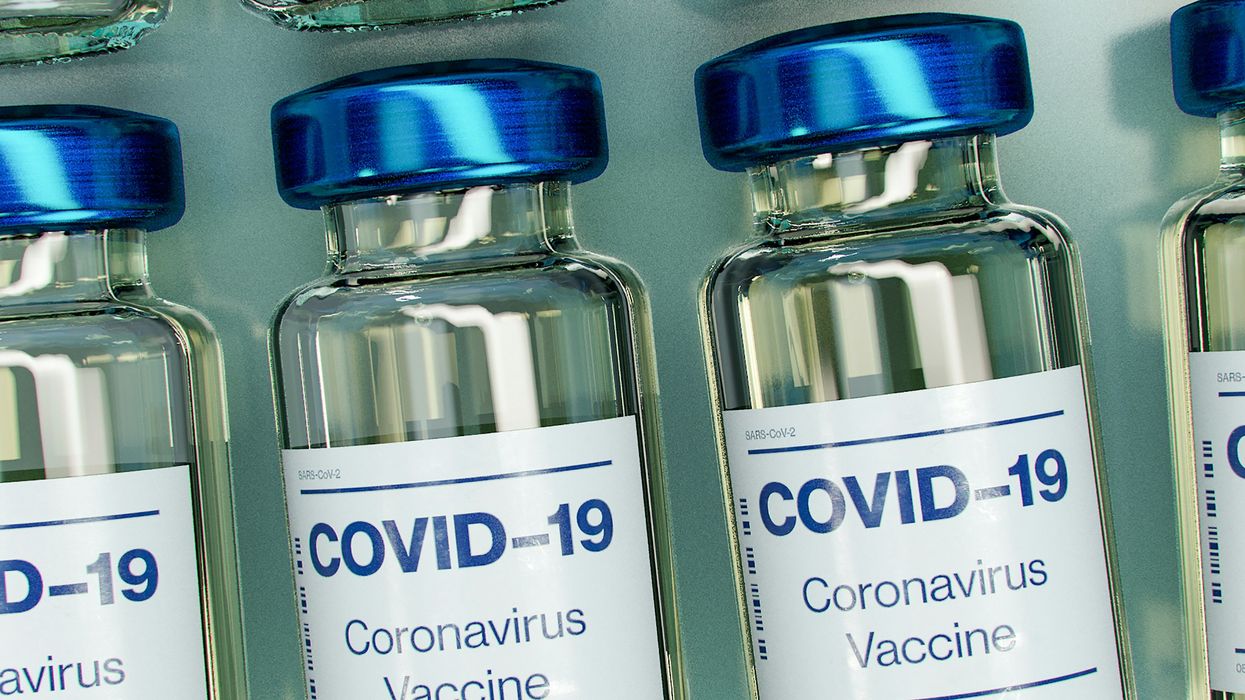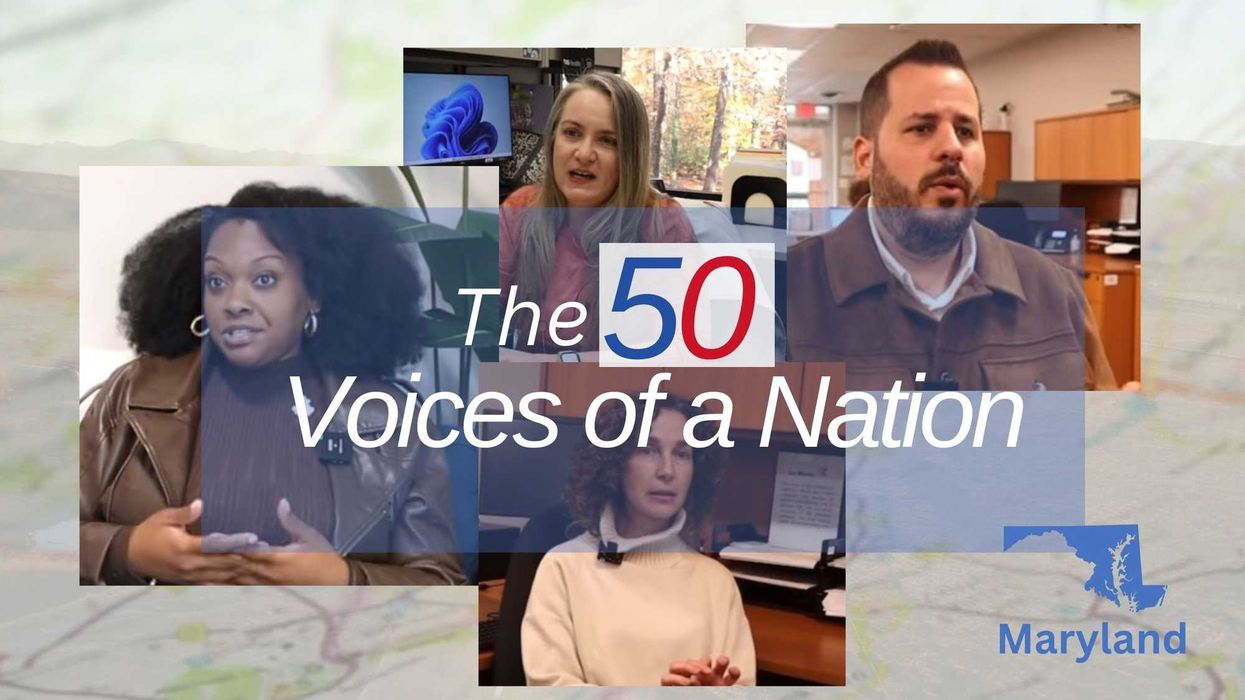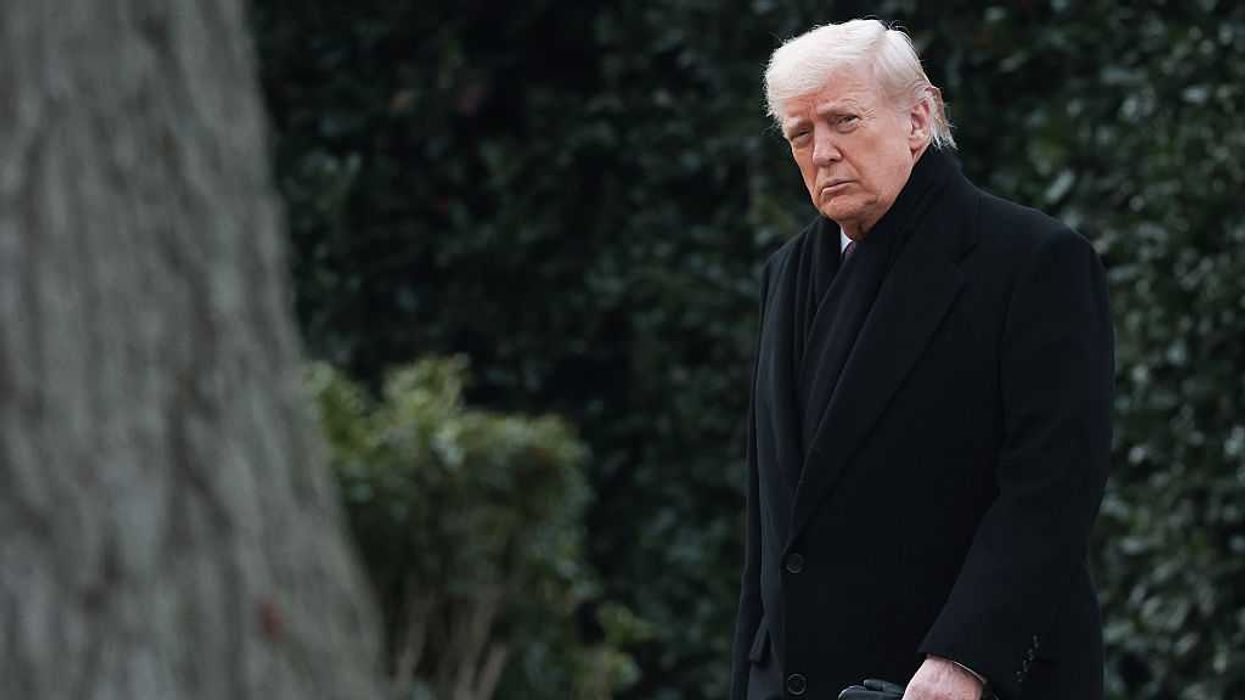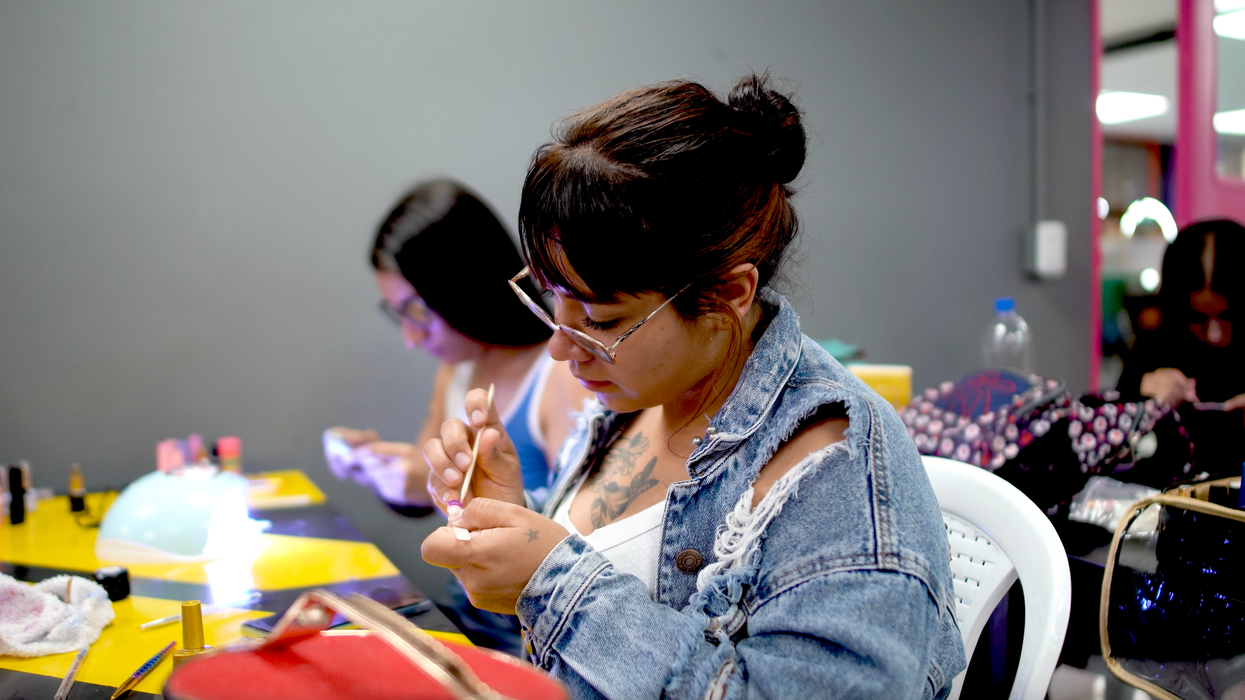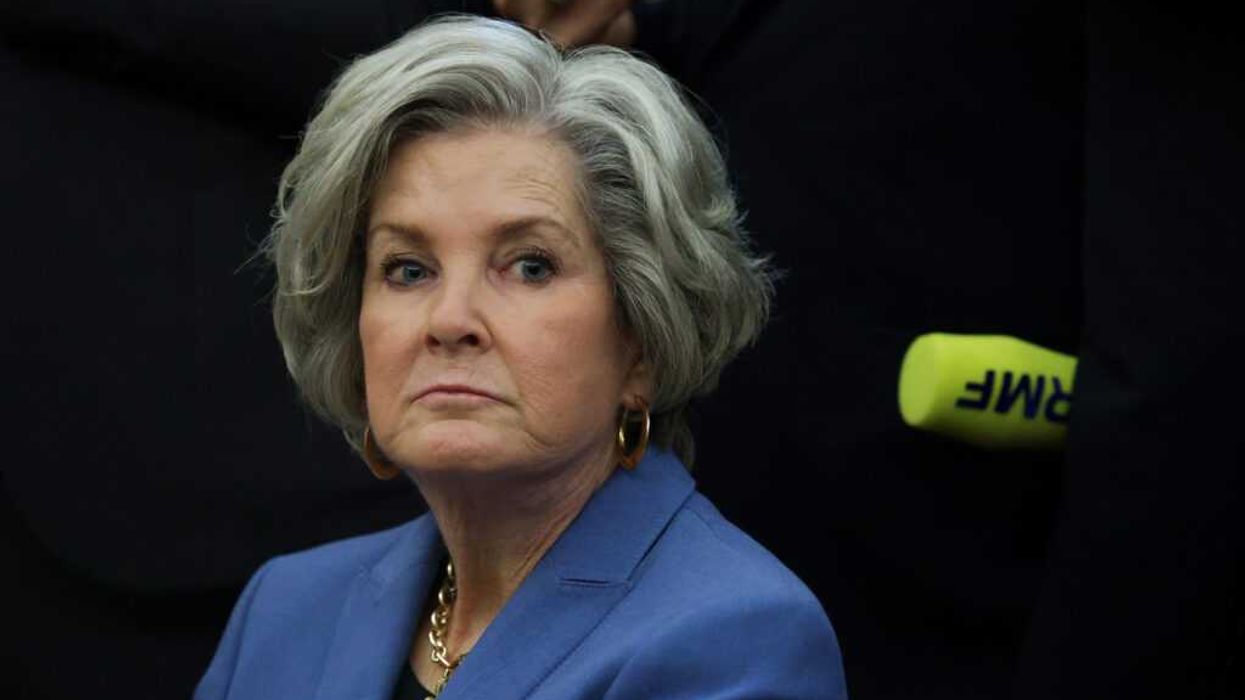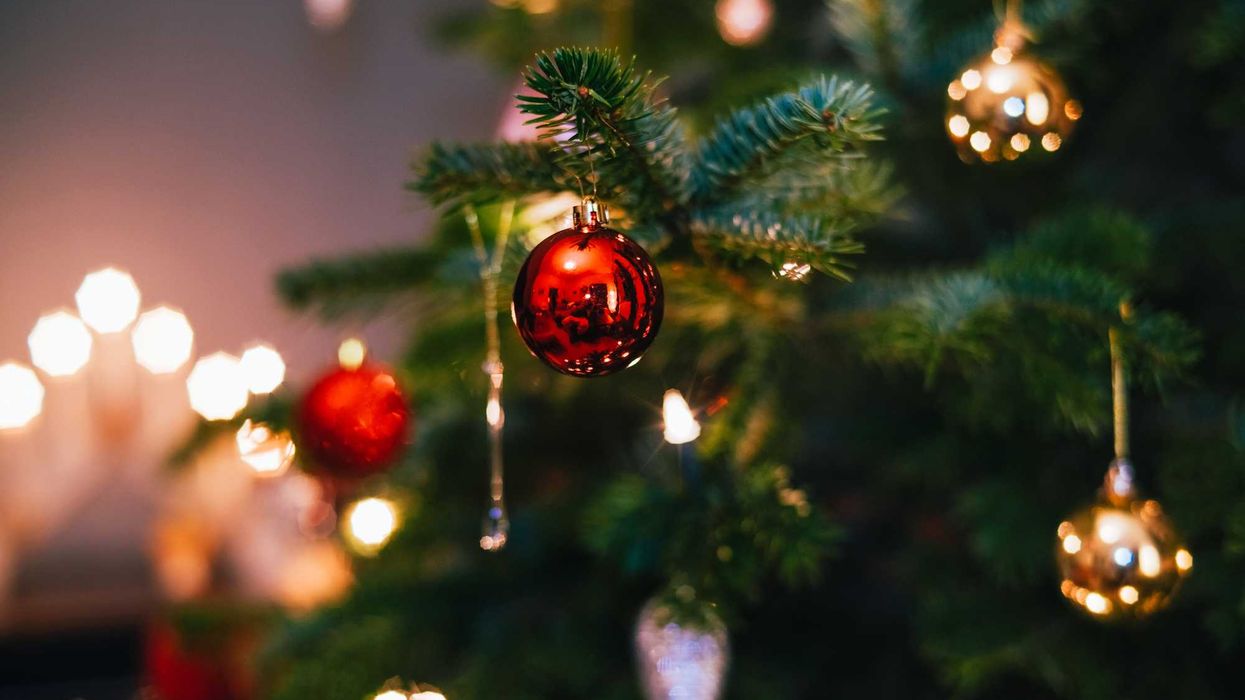Five years ago this month, COVID-19 changed the world. The first pandemic in a century altered how Americans saw themselves, each other, work, healthcare, relationships, government, mortality, and media. It tangled everyone across the globe in webs of fear, conflict, grief, disbelief, estrangement, and gratitude.
It prompted a parallel pandemic of disinformation that has only deepened in the years since and crescendoed in the last few months. It is foolish to ignore the impact of these past five years on every person in this country and the world, particularly with current policies and practices that ignore this distinct past.
The U.S. has a vaccine skeptic in charge of the Department of Health and Human Services. Without explanation, Robert F. Kennedy, Jr. canceled the Food & Drug Administration’s annual meeting this month of the Vaccines and Related Biological Products Advisory Committee. This group analyzes flu strains likely to affect populations and the types of vaccines needed.
Along with proclaiming that his team is scrutinizing all childhood vaccination schedules, Kennedy has limited funding to the National Institutes of Health and the Centers for Disease Control and Prevention. An earlier executive order withdrew the U.S. from the World Health Organization, which partnered with the U.S. to share critical data and information during the pandemic and create a global vaccine. This move has been called a “global health massacre.”
All of this is as the bird flu—H5N1-- is spreading to humans. In his first week in his position, Factcheck.org examined six major falsehoods Kennedy promoted. These are precarious moves, as the first measles death of an unvaccinated child happened in Texas, where 150 cases were reported.
Since 2020, every corner of the world has been affected by the pandemic, and the U.S. saw at least 27 million COVID-19 deaths by August 2024. These numbers are low compared to much of the world, as many countries did not have adequate testing or reliable counts on death causes. The WHO reports a total of 777 million deaths from COVID to date.
The WHO and the Centers for Disease Control declared an end to COVID-19 as a public health emergency in May 2023. Unfortunately, Long COVID lingers, with more than 40% of U.S. adults reporting some symptoms of long Covid. The CDC estimates there will be up to 36,000 COVID deaths in this country in February 2025.
To put five years in context, assault, property crimes, embezzlement, or drug offenses can earn a convicted offender five years in prison. In five years, a child grows from infancy to kindergarten, during which time they will learn the alphabet and some favorite songs. Medical residencies take an average of five years, depending on expertise. A fast-growing tree, like a cypress, can grow six feet in that time.
But how much wisdom have policymakers and individuals retained in that time?
COVID caused the greatest economic recession in the U.S. since World War II because of necessary layoffs and cutbacks, according to the Center on Budget & Policy Priorities. Yet the thousands of new layoffs of federal workers recently by the Department of Government Efficiency has no plan to counter the harms done to the economy, let alone the families of those laid off.
During the half-decade of COVID, most Americans trusted facts from the Centers for Disease Control, Dr. Anthony Fauci, and the WHO and complied with vaccines. More than ”270,000 people or 81% of the U.S. population have received at least one dose of the COVID vaccine. Overall, 230,637,348 people or 70% of the population are considered fully vaccinated,” according to a national database.
Today, trust in government is deeply evaporating. A 2024 study shows that 63% of Americans do not trust the government. In 2025, The Edelman Trust Index shows 47% of Americans trust in their government, compared to China, which has a high % trust rate of 77%.
Each of us has a COVID story that has informed how we behave. In March 2020, I was on a business trip in Dallas, Texas, where Mayor Eric Johnson declared the city in a state of local disaster because of five reported cases of COVID. I didn’t touch the doorknobs in my hotel room, and the 20 participants in the conference room wore face masks and sat several feet apart.
As it was for millions in the U.S., my work became totally remote; all travel was canceled. I had groceries delivered. I did not meet with friends. I attended the memorial service for two close friends on Zoom.
Fear governed almost every movement, interaction, and thought. Loss infected personal and professional lives, with news of family members, colleagues, bosses, and mentors succumbing to the bewildering disease.
In the five calendar years since COVID’s start, millions have reinvented a new “normal,” perhaps not returning full-time back to the office or staying in relationships that cracked and crumbled under the weight of confinement. The National Law Review reported that by April 2020, ‘the interest in divorce had already increased by 34% in the U.S.”
After five years, the COVID-sparked recession resolved, with a current 4% unemployment rate. Millions have pivoted to new work, entrepreneurship, and flexible schedules. Some companies demand limited work-from-home schedules and more in-office presence.
According to a recent survey from the Pew Research Center, 46% of workers report “that if their employer no longer allowed them to work from home, they would be unlikely to stay at their current job. This includes 26% who say they’d be very unlikely to stay.”
Consumer confidence is rated at 71.7% in January 2025, down from 74% a month earlier, according to Surveys of Consumers, University of Michigan, University of Michigan: Consumer Sentiment© retrieved from Federal Reserve Bank of St. Louis.
I am up to date on all my COVID-19 vaccines, and I contracted COVID once in August of 2022 and not since. I am lucky.
With the latest policy directives on healthcare and the economy departing from knowledge earned and lessons learned due to COVID, many may not be so lucky again. These past five post-COVID years have made everyone older. Tragically, not everyone is wiser.
Michele Weldon is an award-winning author, journalist, emerita faculty at Northwestern University and senior leader with The OpEd Project. Her latest book is The Time We Have: Essays on Pandemic Living.





